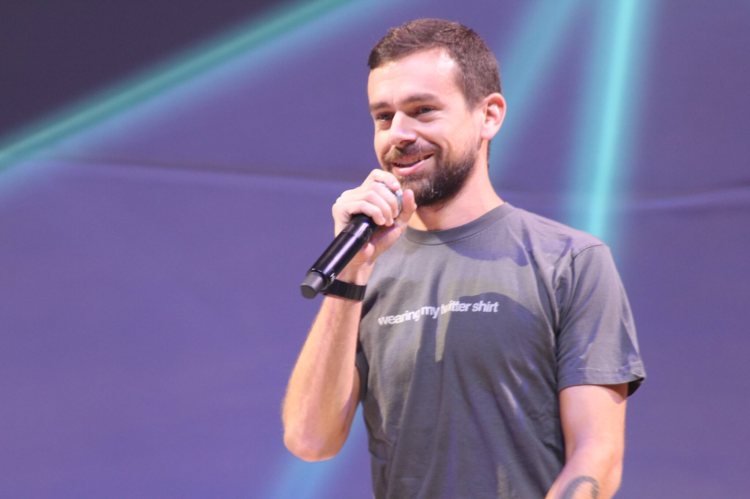Twitter has evolved from being a microblogging tool used by early adopting nerds, to being a media broadcasting tool, a microphone for celebrities, and beyond. But as the social network struggles to find new ways to keep people using it and lure new users on board, it has experimented with new approaches, such as curated tweets and a new algorithmic timeline. And these changes represent an idea Twitter has been pushing — that Twitter is a place to consume content rather than just to create it.
As Twitter celebrates 10 years since the first very first tweet was sent, cofounder — and recently returned CEO — Jack Dorsey has taken to Bloomberg to answer some questions on where the social network has come from and where it could go from here.
“In the past, when people heard about Twitter, they assumed that the way to use it was you had to tweet about something,” said Dorsey. “I think more and more people are seeing it as, ‘I can just see what’s happening in the world. I can see what’s happening about any event.’ And the faster we make it for people to realize that, we grow this amazing daily audience around any particular event around the globe.”
But what Twitter is focusing on, specifically, is the concept of the here and now, the so-called real time, the “live.” Almost exactly a year ago, Twitter launched its live-video app Periscope, a tool that lets anyone broadcast their life events to the world as they happen. Perhaps one of the best, funniest, and most-engaging use-cases for Periscope (beyond pirating live sporting events) was the famous puddle in England, which became a global talking point when someone set up their phone to film people circumventing a gargantuan body of water in a Newcastle street. At one point the puddle garnered 650,000 viewers around the world, and though the event itself was inherently mundane, it is something that Dorsey reckons helps to highlight the power of Twitter and Periscope as “live” social tools.
It wasn’t that we were watching a puddle. It was that we were watching a puddle together. Like, ‘Isn’t this crazy? We’re actually watching this puddle.’
I was watching the puddle. It wasn’t even the people in the puddle or what they were doing. It was the fact that I was watching with other people, and I was connected to the audience, and I could actually talk with them, and I could say, ‘Isn’t this ridiculous? We’re watching a puddle.’ And then: ‘Oh, is that woman going to walk around it? Is she going to get wet? Like, what’s going to happen?’ And it was just so cool to see how this little tiny thing became an event. But that’s been our history for 10 years. It’s a lot of the same idea.
Can an “insignificant” incident such as a puddle serve as an example not only of what made Twitter popular to begin with, but also of what could help it thrive 10 years from now? Dorsey thinks so. Indeed, the Twitter chief talks about how virtual reality and augmented reality are the big talking points of the moment, and the latter of these trends is something that Twitter has been doing since its inception, and will continue to do in the future.
Twitter has been augmenting reality for 10 years. You watch any game, you watch any live event, you watch any political debate, Twitter makes it more interesting, funnier, entertaining. I think Periscope takes that a step further by actually pulling them together on one screen. So if you were to very humbly think of Twitter as a chat room — a global chat room — it’s been this room that people talk about the world and what’s happening in the world nonstop. And you see the same thing with Periscope. You’ve got these chat rooms on top of a live video stream. And that’s created some really surprising interactions.
While Dorsey points to Twitter’s speed in being able to report on live events as its primary value — the ability to, for example, break and discuss major news stories — even when there is nothing particularly noteworthy to talk about, the global masses collaborate to create something newsworthy to talk about, from the What color is this dress? meme, to, indeed, puddles.
“So in the future, I think we can continue to augment reality in a very interesting way, in that it provides a conversation around anything that’s happening in the world,” he added.
You can read The Future of Twitter: Q&A with Jack Dorsey over on Bloomberg now.
VentureBeat's mission is to be a digital town square for technical decision-makers to gain knowledge about transformative enterprise technology and transact. Learn More

